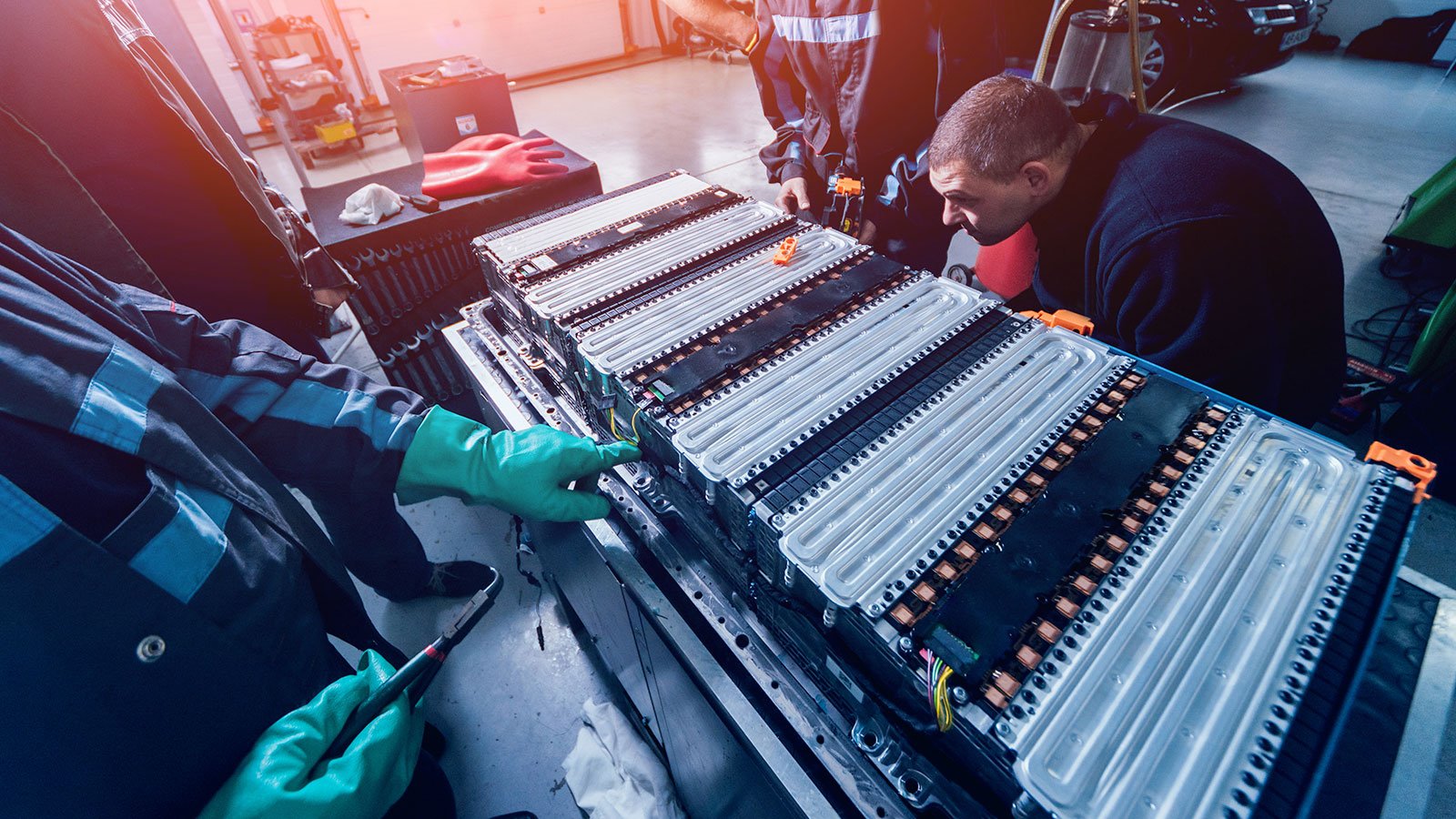Andrew Keith, Division Director at load bank manufacturer Power Prove, explains the vital importance of load banks at every stage of the EV market.
As the electric vehicle (EV) market continues to grow, and with fossil fuel bans on the horizon, it’s more important than ever for manufacturers at every stage of the EV supply chain to consider how to ensure the safe and reliable functioning of their components.
The International Energy Agency’s Global EV Outlook 2022 reveals that EV sales reached an impressive 6.6 million worldwide in 2021, doubling the figure from the previous year. That means the future of automotive is undoubtedly electric, but as the transition deadlines approach, meeting the demand with adequate supply is becoming increasingly urgent. Therefore, ensuring the reliability and proper functioning of EVs and their technology is now an absolute necessity.
Load banks are a crucial tool in testing the safety and consistency of battery electric vehicles (BEVs) and their infrastructure. They play an essential role in validating the proper operational performance of components throughout the sector, including EV charging point testing, end-of-life battery discharge, and even in Formula E.
From the beginning
The automotive industry is placing a major emphasis on EV charging points. To meet the goal of installing 300,000 charging points in the UK, 500,000 in the US, and 6.8 million in the EU by 2030, production rates have increased significantly.
Quality control is essential before deploying these charging points to ensure they perform optimally. Load banks play a crucial role in this process, as they test the charging points’ operational performance after production, preventing any unforeseen failures once they are installed.
To end of life
Load banks not only play a crucial role in validating the operational performance of EV infrastructure from the outset, but they also ensure the safe disposal of lithium-ion batteries at the end of their lifespan. Generally, BEVs are expected to last between 10 and 20 years. Although end-of-life practices are not a pressing concern currently, the ongoing sales boom of BEVs will make it one by the end of the decade.
Once an EV reaches the end of its operational life, its batteries need to be safely discharged. It is important to note that EV batteries are typically recycled to recover their scarce heavy metal components such as lithium, cobalt, manganese, and nickel. However, before these processes can take place, the batteries must be prepared.
Despite appearing to be fully discharged, an EV battery can still generate a small but potentially dangerous amount of charge. To ensure safe end-of-life disposal, load banks are used in the discharging of these batteries. By measuring the battery’s current capacity and continuously discharging it, load banks can dissipate any excess electronic load and make the battery safe for dismantling and metal component extraction.
This process is essential for the safe and environmentally responsible recycling of the scarce heavy metal components found in EV batteries, which can be reused in the next generation of EVs.
At the extreme
The growing trend of electrification isn’t just limited to road vehicles, but also extends into the realm of motorsports with the emergence of Formula E, the all-electric FIA World Championship. As this electric revolution continues, there are added concerns about the safety of mechanics when handling the battery packs in the context of motorsports.
In the world of Formula E, safety is paramount when it comes to handling the high DC operating voltage of the cars’ lithium battery packs. Leaving the batteries charged poses a significant risk of electrocution, so it’s essential to discharge the batteries before handling them. This safety protocol also ensures compliance with air freight regulations that apply when moving cars and components between circuits.
The primary purpose of load banks in Formula E is to discharge the high-voltage batteries in a safe and controlled manner. By consuming the car’s electrical circuit power and dissipating it, load banks ensure that the battery is discharged to a level that makes it safe for close contact by mechanics and freight handlers. This is a critical step in ensuring the safety of all personnel involved in the transportation and maintenance of the electric race cars.
Load bank testing for the automotive BEV market will become more prevalent as EV continue to gain popularity both on the road and on the track. While the widespread adoption of EVs is already underway, it is essential to implement the appropriate technology to ensure the safe and effective operation of the vehicles from beginning to end.
From production and charging to end-of-life disposal and extreme applications like motorsport, load banks play a critical role in enabling the success of the electric revolution.


